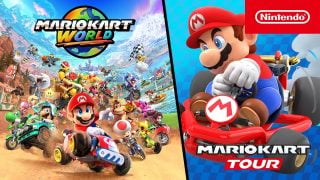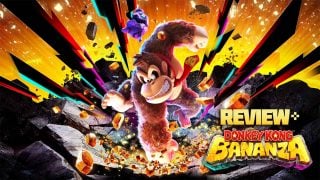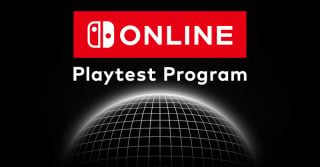Two players sit hunched in their chairs, eyes fixated upon the CRT television in front of them. Their hands move at rapid speed, inputting hundreds of actions per minute as their characters dance around on the screen. They’ve been playing the game for years now – these actions are second nature to them. With a climactic upsmash, the victor pops out of his seat with exhilaration, while the loser is left to stare at the floor. A handshake later, and the two are winding up their controller cords, eager to have a rematch in the future.
This was once a scene common to basements and empty gymnasiums. Now, it’s seen on some of the biggest stages in the world, as titans come together for only one purpose: to play Super Smash Bros. for the title of the greatest.
Welcome all, to the Smash Seminar. In this brand new series, I’ll be showing off the wonderful world of competitive Smash in order to get more people involved in the scene – whether mere spectators or eventual champions. The rest of this article is devoted to explaining what this series is, along with whatever questions you may have.

What is Super Smash Bros.?
I’m going to assume everybody who frequents this website knows what Smash Bros. is.
How long has the competitive scene been around?
While Smash itself obviously began with the release of the original game in 1999, the competitive aspect really took off after the release of Melee in late 2001. So almost 15 years at this point. We’ll go more in depth on this in a future History of Smash piece.
Is there a big competitive difference between the Smash games? Why do people still play Melee when there are newer versions?
Good question! There are actually a lot of differences in physics and playstyles between the various Smash games. While they all follow the same sort of goal – hit your opponent out of the blast zone – the feel and flow of each game is quite different. Try playing Melee and any other Smash title one after the other, you’ll feel the difference right away.
So which Smash games will you cover?
The SS will primarily focus on Melee and Smash for Wii U/3DS (more commonly known as Smash 4), but we’ll talk about all the others as well: 64, Brawl, Project M, maybe even a few other fan games like Super Smash Flash (though their competitive scenes aren’t as big). But for the most part, most articles will focus on the first two listed.

How “hardcore” is this column?
Not very. If you already know your wavedashes and your L-cancelling and can name some top players, then chances are you won’t get a veritable ton of new information from here. Ironically, for being about competitive Smash, this is a pretty casual series; we’re not going to go in depth on frame data or optimal punishes here. And if you have no idea what I was just talking about, that’s okay! We’ll cover that all in the future.
So what sort of articles can we look forward to?
Lots! We’ll be covering the history of Smash throughout various eras (the height of Melee, the Brawl schism, the rise and fall of Project M, the EVO 2013 revival, and the present day) as well as Smash terminology, so you can learn who the heck Randall is. We’ll also talk about top players and characters for both Melee and Smash 4, upcoming tournaments and results, and maybe even a piece on memes (because lord knows there are a lot.)
How long will this go on?
As long as there are ideas! And even after the seminar ends, we’ll likely still cover tournaments and results.
How can I get started?
Many ways! First, SmashBoards.com is a great place to find local tournies, find out about upcoming events, and establish yourself as a member of the community. There are also many local Facebook groups for competitive Smash – search around, and you may be able to find something! The Smash subreddit is another good resource to find information. Specifically for Melee, the website Melee it on Me has weekly stream information for various tourneys, a large number of which also share space with other games.
If you want to watch some Smash, this upcoming weekend is holding one of the biggest Smash and FGC (Fighting Game Community) tournaments ever: CEO 2016. While it’s too late to register as a player, you can still get a spectator badge if you’re in the Orlando area, and there are still plenty more tournaments you can sign up for in the future on Smash.gg, so see if there’s a big tourney in your area soon!
And if you want a kickstart on the history of the competitive scene, I highly recommend The Smash Brothers, a documentary focusing on the early years of the Melee community. While not 100% perfect, it’s a great way to get invested in the scene.
Isn’t Smash a party game for little girls?
Get outta here!
Are you a competitive smasher?
Not really. I dabble with my Smash 4 Ness, but I’m mostly an observer. Hopefully I can still provide accurate and interesting information!
Which is better competitively: Melee or Smash 4?
I’m staying neutral on this one. Some people prefer one or the other, and I like both. But no matter what, don’t diss on anybody else for liking to play/watch a particular game.
Stay tuned
In any case, that’s it for the introduction! Hopefully you’re interested in what competitive Smash has to offer, and we’ll see you next time! Stay Smashing!
Leave a Comment

